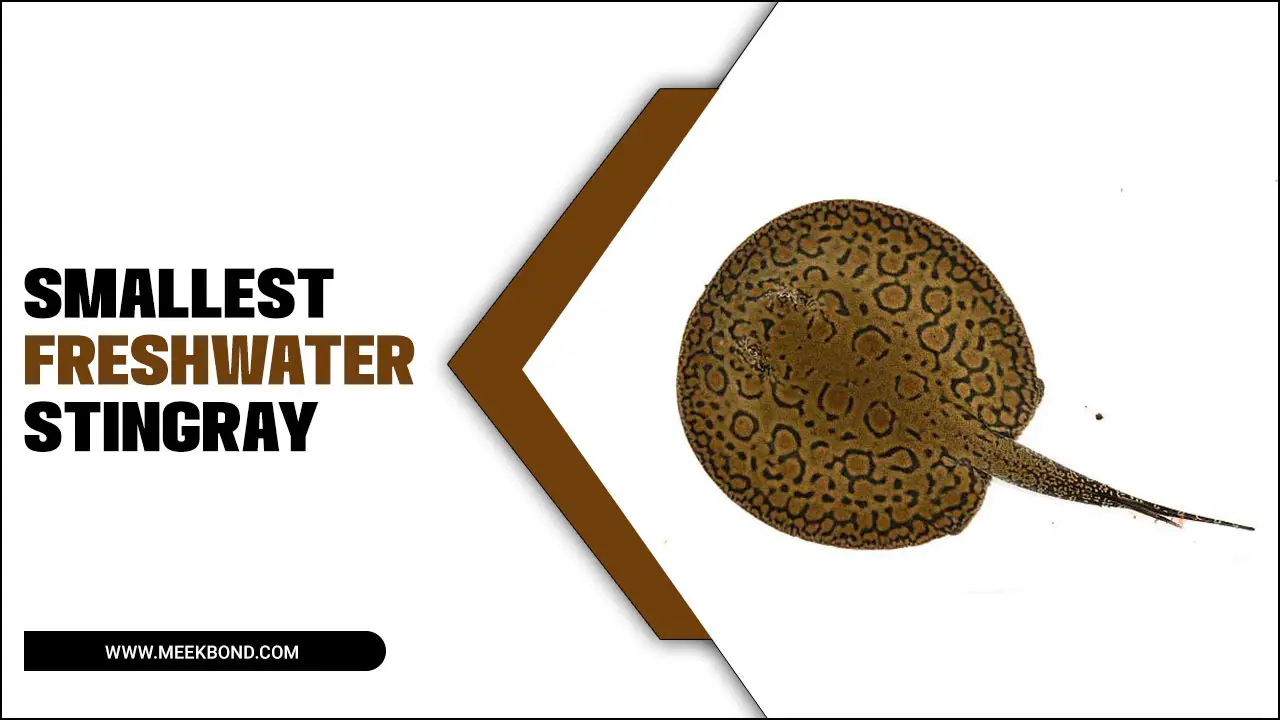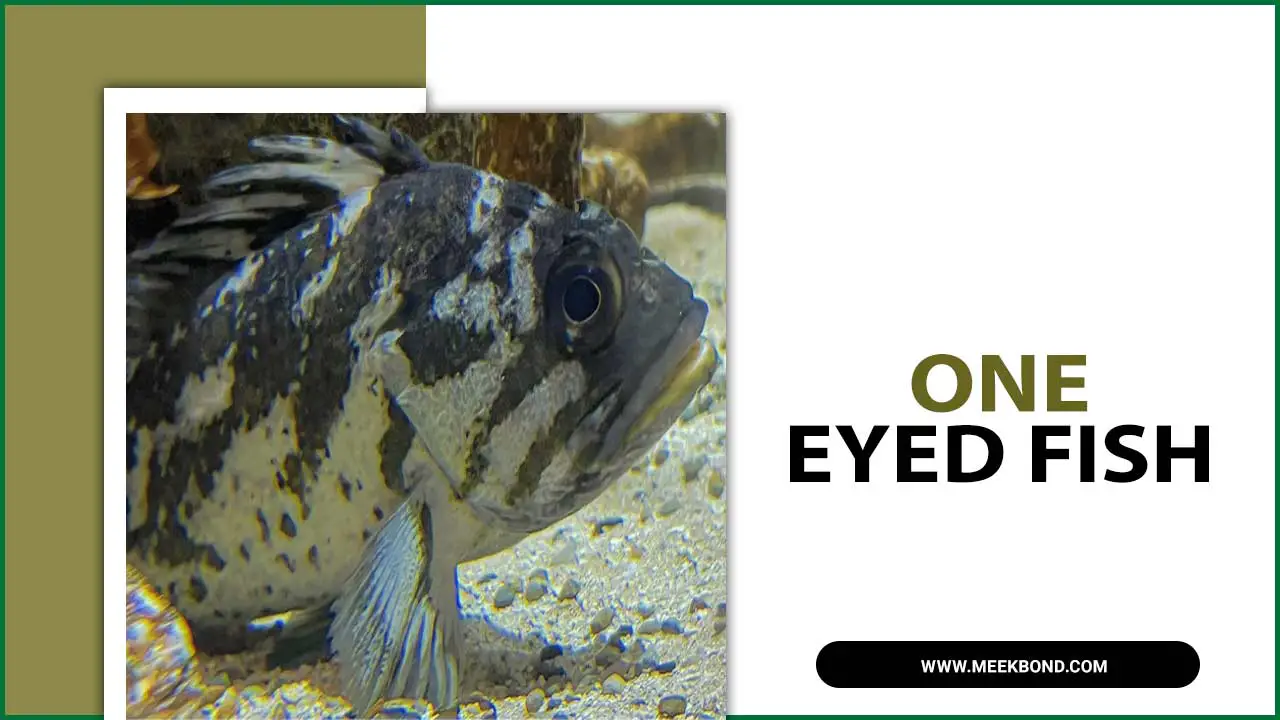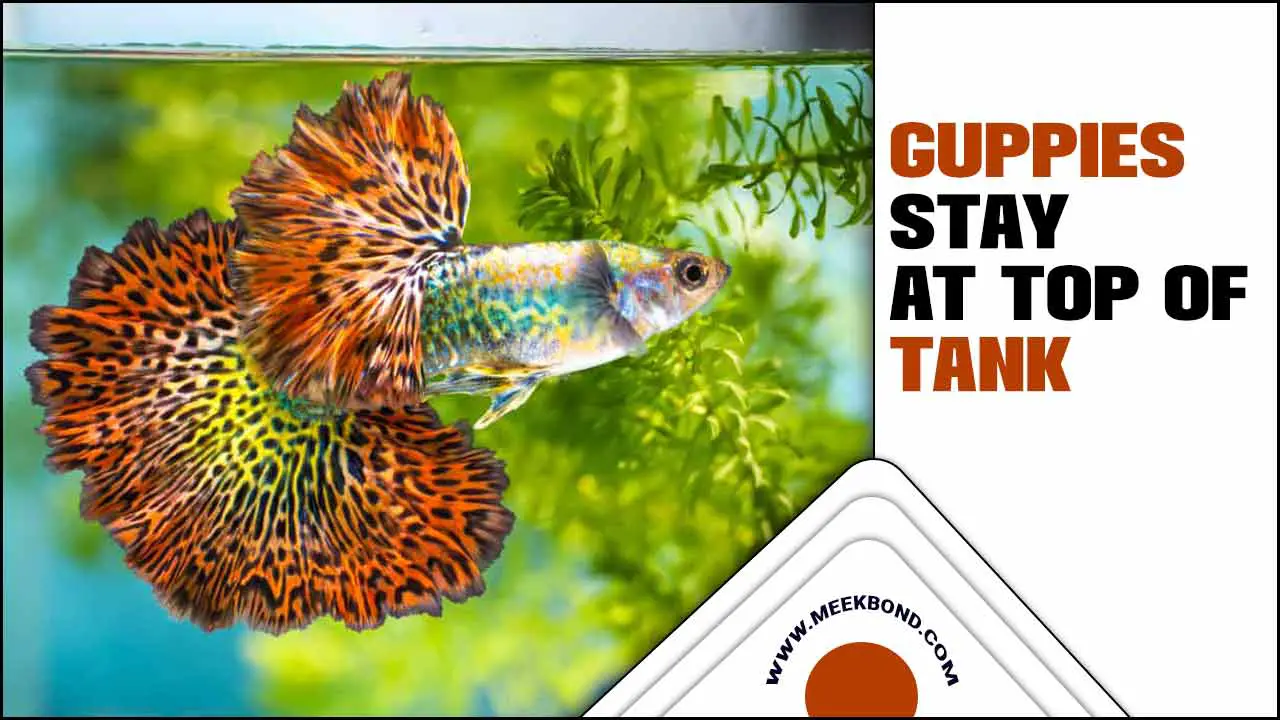Nerite snails are fascinating creatures known for their unique characteristics and stunning shells. These small, hardy creatures are commonly kept in aquariums as they are efficient cleaners that quickly devour algae and other debris.
Aside from their benefits as aquarium cleaners, many aquarists also enjoy breeding Nerite snails as they are an attractive addition to any aquarium. However, breeding Nerite snails can be a complex process that requires careful planning and execution.
We will provide a complete guide on how to breed Nerite snails. We will discuss the necessary tools and equipment, the ideal breeding conditions, and the specific breeding techniques to ensure a successful breeding process. also We will provide tips on caring for the eggs and the hatchlings to ensure their survival.
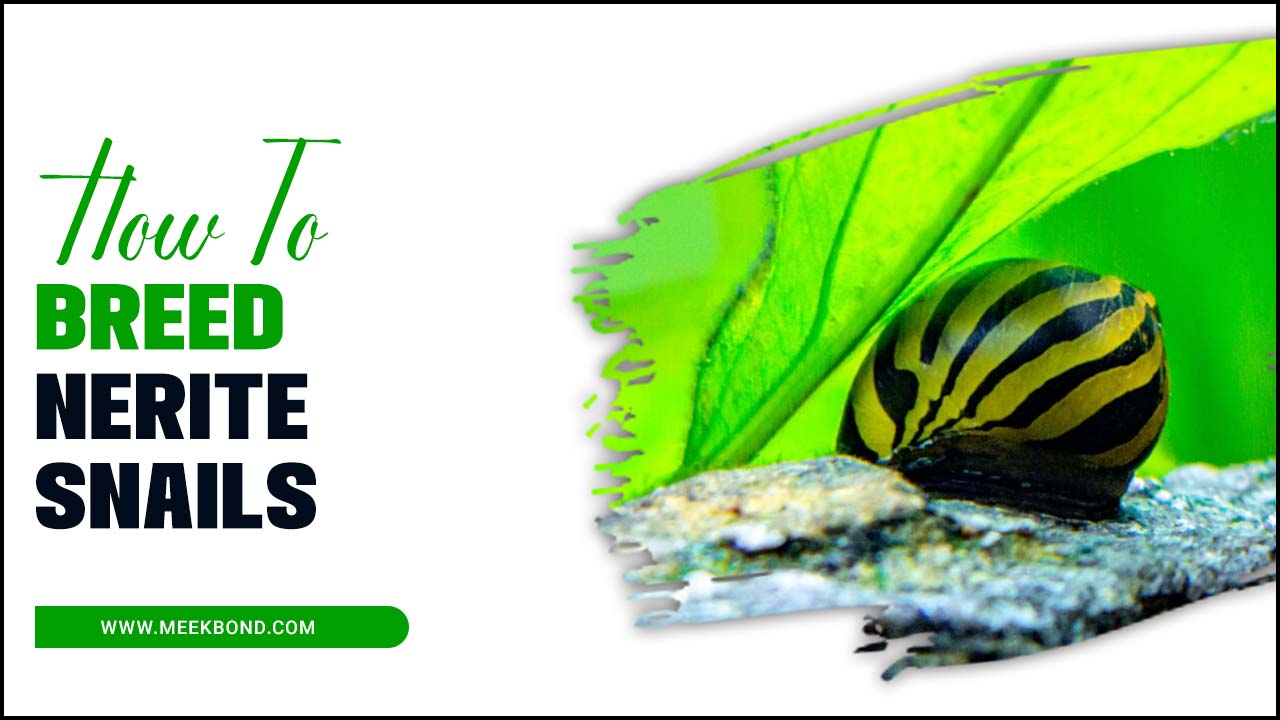
Step-By-Step Guide On How To Breed Nerite Snails
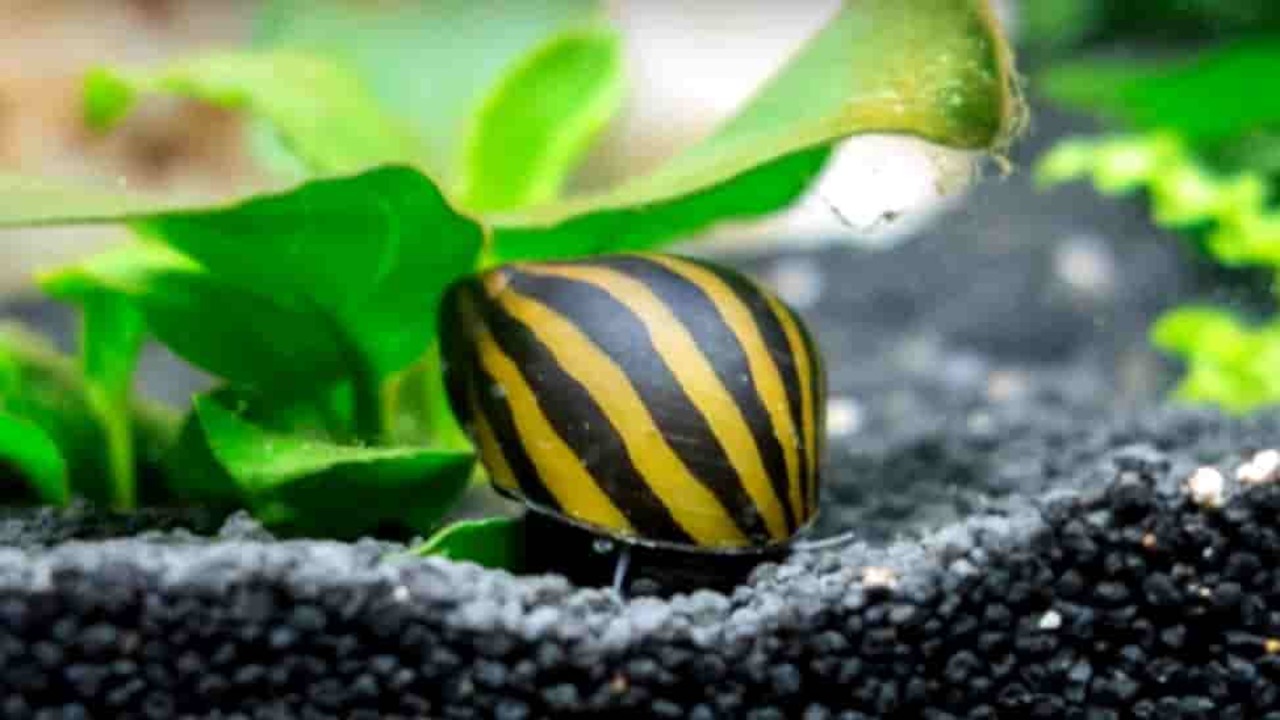
Preparing to breed Nerite snails involves understanding their mating habits and preferred environments. Selecting suitable plants and creating a balanced water chemistry in the breeding tank. Introduce male and female snails and observe their behaviour closely.
Identify the eggs and provide appropriate conditions for hatching and development. Care for the newly hatched snails and raise them to maturity. Following these steps will help you successfully breed Nerite snails and enjoy the beauty they bring to your aquarium. Here are some steps on How to Breed Nerite Snails.
Understanding The Basics Of Nerite Snail Breeding
When it comes to breeding Nerite snails, there are a few important factors to consider. These snails have specific water parameters, such as pH and hardness, that must be met for successful breeding. Patience and attention to detail are crucial in this process, as breeding Nerite snails can be challenging.
They lay their eggs in batches of about 30 on hard surfaces like rocks or aquarium glass. After a few weeks, the eggs hatch into free-swimming larvae before metamorphosing into juvenile snails. A healthy diet and suitable environment while avoiding overpopulation can promote successful Nerite snail breeding.
Setting Up The Ideal Breeding Tank For Nerite Snails
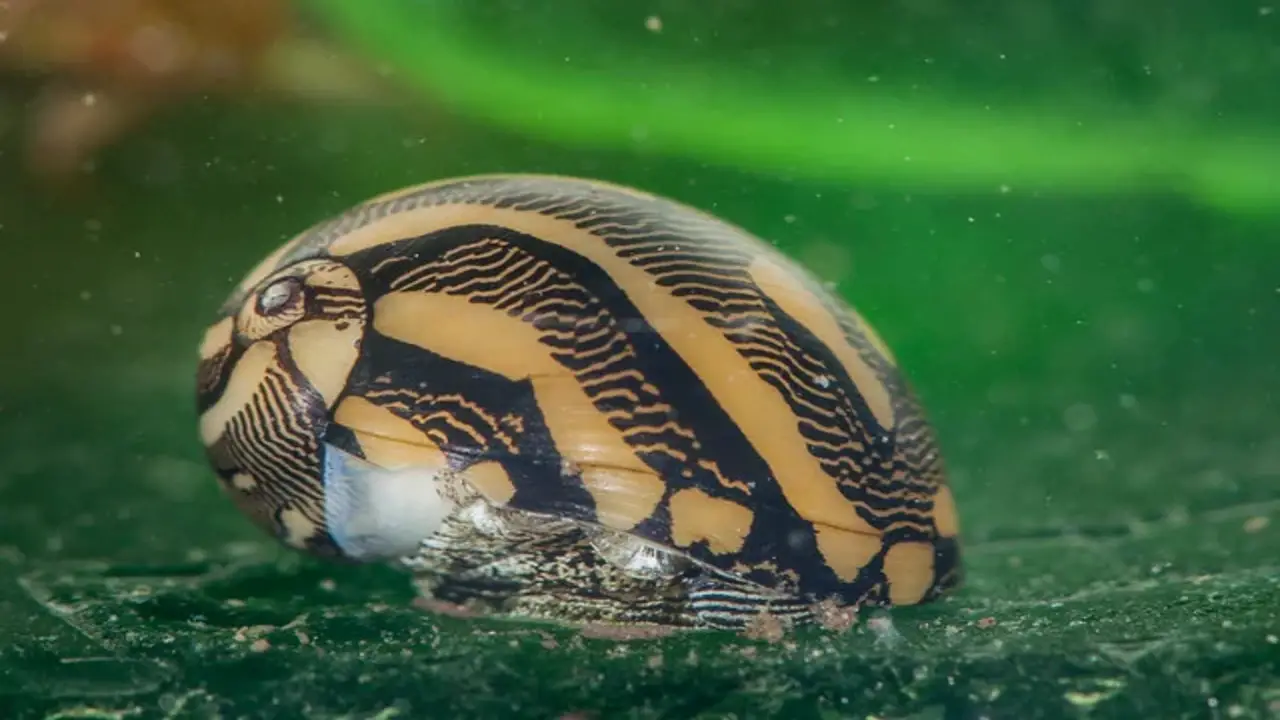
To set up the ideal breeding tank for Nerite snails, ensure that it has a capacity of at least 5 gallons and is equipped with a filter and heater. Use sand or smooth rocks as a substrate for the snails to lay their eggs on. Maintain consistent water parameters with a pH of 7.5-8.5 and a temperature of 75-80°F.
Provide a varied diet of algae, vegetables, and calcium supplements to promote healthy breeding. Regularly monitor the tank for reproduction signs, such as small white eggs on the substrate or adult snail mating behaviour.
Creating The Right Water Conditions For Successful Breeding
To successfully breed Nerite snails, creating the right water conditions is crucial. These snails thrive in brackish water with specific parameters. The pH should range from 7.5 to 8.5, and the hardness should be between 6 and 12 KH.
Maintaining a temperature of 75-80°F is ideal, along with a salinity level of 1.005-1.010. It is essential to provide hiding places like rocks or plants for the snails to lay their eggs. Introducing male and female snails into the breeding tank is necessary for successful mating. Monitoring water quality and performing water changes are crucial to maintaining optimal conditions.
Providing A Proper Diet And Nutrition For Breeding Nerite Snails
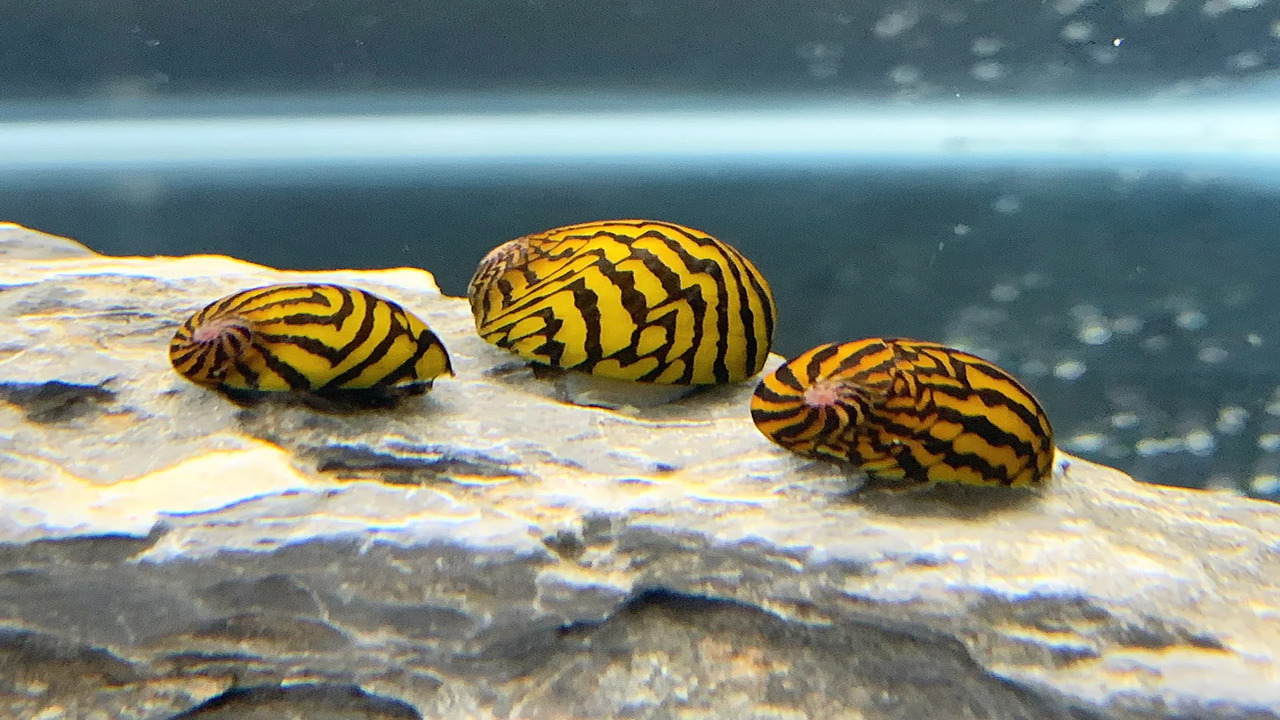
Nerite snails thrive on a balanced diet comprising algae wafers, vegetables, and calcium-rich supplements. A nutritious diet is crucial for optimal shell growth and successful reproduction. To stimulate breeding behaviour, it’s advisable to offer a variety of food sources.
However, overfeeding should be avoided as it can lead to water quality problems and hinder breeding success. Consistency in feeding schedules and portion sizes is vital in maintaining a healthy breeding environment for Nerite snails.
Identifying Male And Female Nerite Snails
Breeding Nerite snails can be a rewarding experience for aquarium enthusiasts. To breed Nerite snails, it is important to identify the males and females. While it may be challenging to determine their gender by physical characteristics alone, some behavioural cues can help differentiate between males and females.
Male Nerite snails often display more active movement and may frequently climb up the tank walls or decorations. Conversely, females tend to have a rounder shell shape and are known to lay eggs on hard surfaces in the aquarium. Observing these behaviours and characteristics can increase your chances of successfully breeding Nerite snails in your aquarium.
Introducing The Male And Female Into The Breeding Tank
Breeding nerite snails can be a rewarding experience for aquarium enthusiasts. You must introduce a male and female into the breeding tank to breed nerite snails. It is essential to provide them with optimal conditions for breeding, including clean water, appropriate temperature, and plenty of algae or other food sources.
Once the snails have been introduced to the breeding tank, they will typically begin mating and laying eggs on hard surfaces such as rocks or glass. After a period of time, the eggs will hatch into small snails, which can then be raised in a separate tank until they are large enough to be added to the main aquarium. Following these steps, you can successfully breed nerite snails and add a new generation of these fascinating creatures to your aquarium.
Observing Courtship And Mating Behaviours Of Nerite Snails
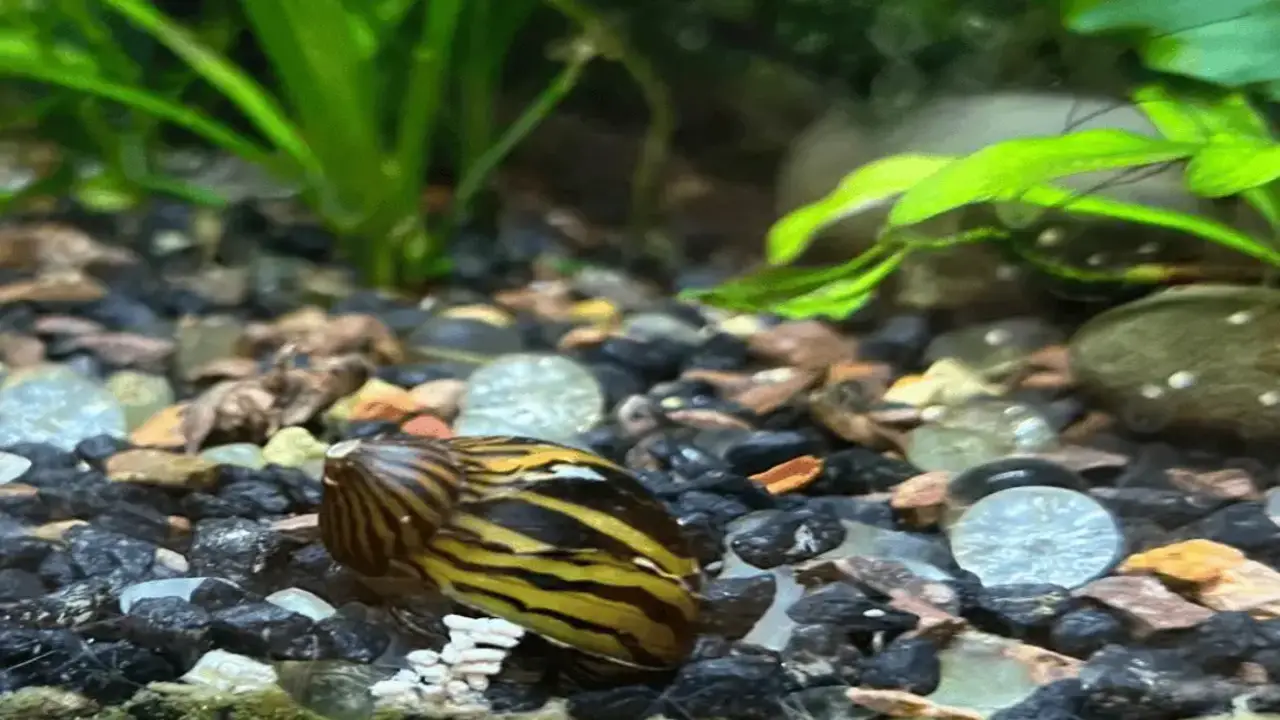
Nerite snails exhibit distinct courtship and mating behaviours that can be observed. The female snails lay small, white eggs on hard surfaces such as rocks or glass. Subsequently, the males fertilize these eggs. The incubation period for the eggs is typically 10 to 14 days, dependent on factors like temperature.
To successfully breed Nerite snails, providing them with a suitable environment, proper water parameters, and a sufficient food source is crucial. By observing their courtship and mating behaviours, you can ensure the health and reproduction of these fascinating creatures.
Recognizing Signs Of Successful Egg Laying By The Female Nerite Snail
Breeding nerite snails can be a rewarding experience for aquarium enthusiasts. While it is difficult to breed them in captivity, some signs indicate successful egg-laying by the snails. Nerite snails usually lay their eggs on hard surfaces like glass or rocks.
These eggs are small, white or translucent, and round. If you notice these eggs in your aquarium, it indicates that your nerite snails have successfully bred. However, it is important to note that these eggs require brackish water conditions to hatch, so if you want to raise the offspring, you must create the right environment for them.
Caring For The Eggs And Ensuring Their Survival
Maintaining the well-being of Nerite snail eggs is crucial for their successful hatching and survival. These eggs, usually laid on hard surfaces like rocks or aquarium glass, require a humid environment and consistent water conditions to thrive.
Monitoring and maintaining proper water temperature and pH levels is essential, as these factors play a significant role in egg development. On average, it can take up to a month for the eggs to hatch, and once they do, the baby snails will need access to algae or other food sources for sustenance. Careful monitoring and maintenance of the breeding tank are vital to ensure these precious eggs’ successful hatching and survival.
Preparing For Hatching And Caring For Baby Nerite Snails
To ensure the successful hatching of baby Nerite snails, it is crucial to maintain optimal water quality and a stable temperature in the hatching tank. Once the eggs hatch, these tiny larvae require a specialized diet of algae and microorganisms.
Regular water changes are essential to clean the hatching tank and prevent harmful bacteria growth. By closely monitoring the growth and behaviour of the baby snails, you can ensure their healthy development. As they mature, transferring them to a larger tank with proper filtration and feeding routines is advisable.
Monitoring Water Quality And Maintaining A Healthy Environment For Breeding Nerite Snails
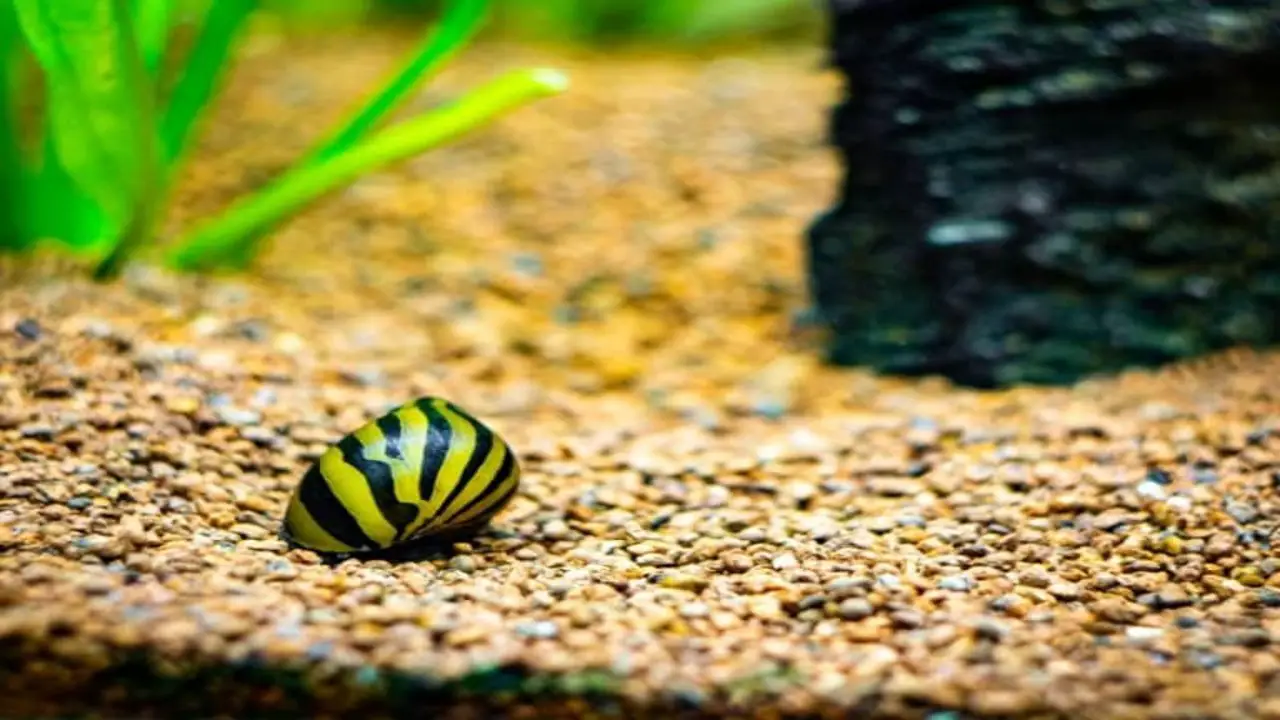
To ensure the successful breeding of Nerite snails, monitoring and maintaining the water quality in their tank is essential. Keeping the water temperature between 72-78 degrees Fahrenheit provides optimal breeding conditions.
Maintaining a pH between 7.5-8.5 helps prevent stress and disease in Nerite snails. Regular water changes and filtration are essential for maintaining healthy water conditions. Additionally, providing plenty of hiding places and algae for the snails to graze on is crucial. It is essential to avoid overfeeding the snails to prevent excess waste buildup in the tank.
Troubleshooting Common Issues In Nerite Snail Breeding
Breeding Nerite snails can sometimes come with challenges. Two common issues include low hatching rates and poor egg development. To troubleshoot these problems, start by checking the water temperature. Make sure it falls within the ideal range for breeding (75-80°F).
Test the pH, ammonia, and nitrite levels to ensure water quality. Providing ample food and supplements for nutrition is also crucial. Consider separating males and females to prevent overbreeding and potential stress on the snails. By addressing these common issues, you can increase your chances of successful Nerite snail breeding.
Conclusion
Breeding Nerite snails can be a rewarding and fascinating experience for aquarium enthusiasts. Following the step-by-step guide, you can create the ideal breeding conditions for these unique creatures. Every aspect of the breeding process has been covered, from setting up the breeding tank to observing courtship behaviours and caring for the eggs.
Remember, breeding Nerite snails requires patience and attention to detail. Monitoring water quality and maintaining a healthy environment for snails to thrive is essential. Providing the right diet and creating optimal water conditions can increase the chances of successful breeding. We have provided bulk information on how to breed nerite snails and hope our information was helpful from your perspective.
Frequently Asked Questions
Can Nerite Snails Breed In Captivity?
Yes, Nerite snails can breed in captivity if certain conditions are met. Providing a separate breeding tank and ensuring the right water conditions for successful breeding is essential. Breeding Nerite snails can be challenging but rewarding for aquarium enthusiasts.
What Are The Conditions For Nerite Snails To Breed?
Conditions for Nerite snails to breed include providing a stable environment with a temperature of 75-80°F and a pH of 7.5-8.5. It is also essential to offer plenty of food and hiding spots. Additionally, the snails require brackish water for their eggs to hatch successfully.
Will Nerite Snails Breed In Freshwater?
Nerite snails can breed in freshwater, but their eggs won’t hatch in this environment. To successfully breed Nerite snails, you’ll need a brackish water setup. Breeding these snails can be challenging and requires specific conditions.
How Often Do Nerite Snails Lay Egg Capsules?
Nerite snails typically lay egg capsules monthly, containing 20 to 100 eggs. These eggs take about two weeks to hatch into baby snails. You can encourage frequent egg-laying in Nerite snails with proper care and environment.
Do I Need To Add Anything To My Water For Breeding Snails?
To ensure the successful breeding of snails, it’s important to add calcium to the water for shell development. Maintaining a consistent pH level of 7.5-8.0 is also recommended. Live plants and algae serve as a food source, while regular water changes and proper parameters are crucial.

Aquarium passion is all about connecting with the aquatic life and providing education to the public on the importance of these creatures. We showcase a wide variety of marine life through our exhibits as well as working with schools to provide unique learning opportunities for students of all ages.

